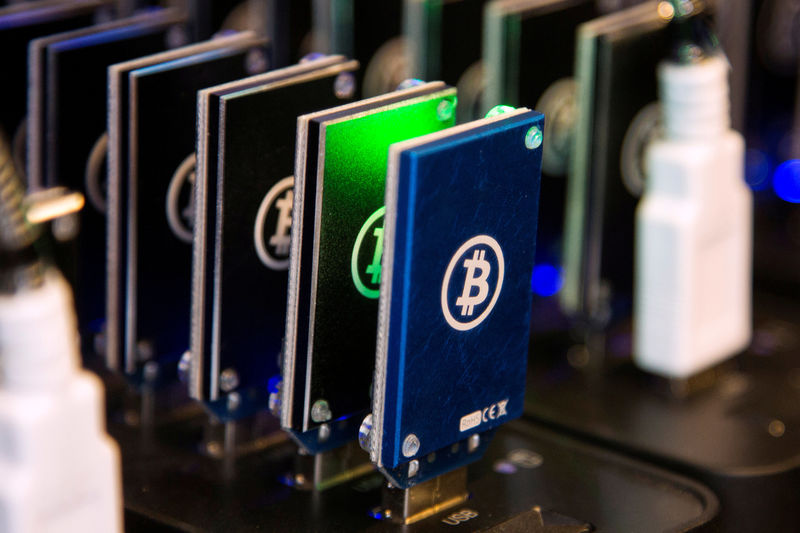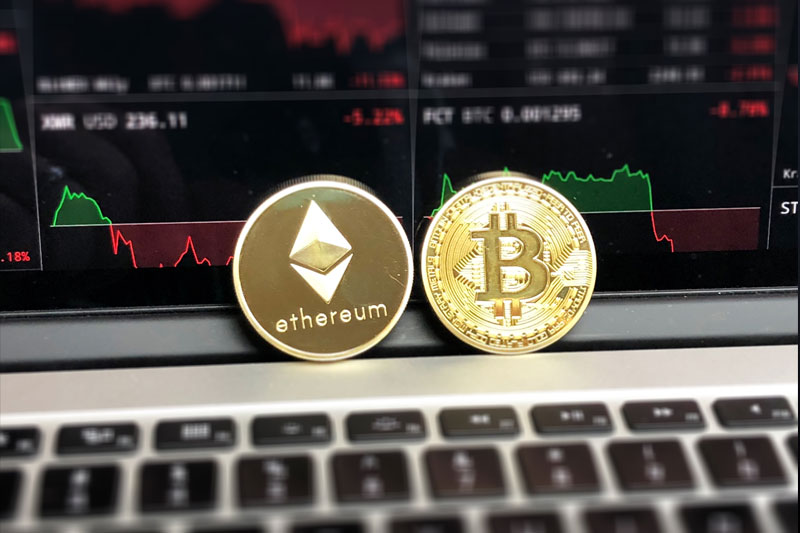© Reuters. Bitcoin ETF Effect Finally Here: $200 Million in Four Days of Consecutive Inflows
U.Today – As data from SoSoValue indicates, the January 31 Spot ETF marked a massive net inflow of $197 million into Bitcoin Spot ETFs, extending a streak to four consecutive days of net inflows.
This increase contrasts with Grayscale's GBTC which experienced a net outflow of $187 million, while other ETFs, excluding Grayscale, experienced a combined net inflow of $384 million. In particular, the Fidelity ETF FBTC had a notable single-day net inflow of around $232 million.
The concentrated influx of funds into Bitcoin ETFs, especially those designed to track the spot price of Bitcoin rather than futures, means growing investor confidence in the digital asset as a long-term investment. This shift could be a precursor to broader acceptance and integration of Bitcoin into traditional investment portfolios, which could lead to greater price stability and reduced volatility in the long term.
Chart by TradingView The impact on Bitcoin price due to these major ETF inflows is manifold. In the short term, increased demand from institutional investors purchasing ETFs may lead to a bullish scenario for the price of Bitcoin. Looking at the Bitcoin chart, the price has been testing a crucial support level around $39,728 which, if held, could become a foundation for future growth.
In terms of resistance, Bitcoin faces immediate hurdles near the $42,286 level which, if broken, could clear the way towards the $44,000 range. A move beyond this could reinforce the bullish sentiment, which could push prices higher to test the $48,000 resistance zone.
The accessibility of the Bitcoin ETF could usher in a new era of growth for Bitcoin, with the potential for the leading cryptocurrency to solidify its position as “digital gold” within the institutional investment community.
The current outlook suggests a scenario where, if the support level remains strong, the influx of ETFs could contribute to a sustained upward trajectory of Bitcoin price for the foreseeable future.
This article was originally published on U.Today.









